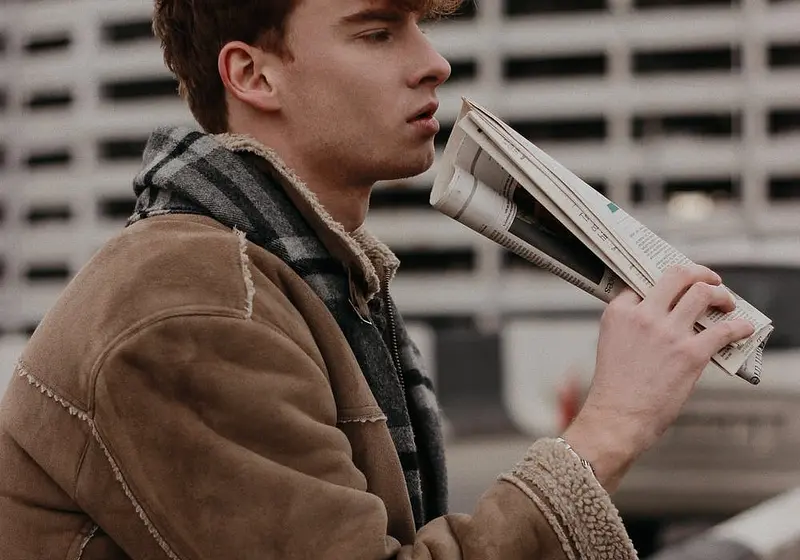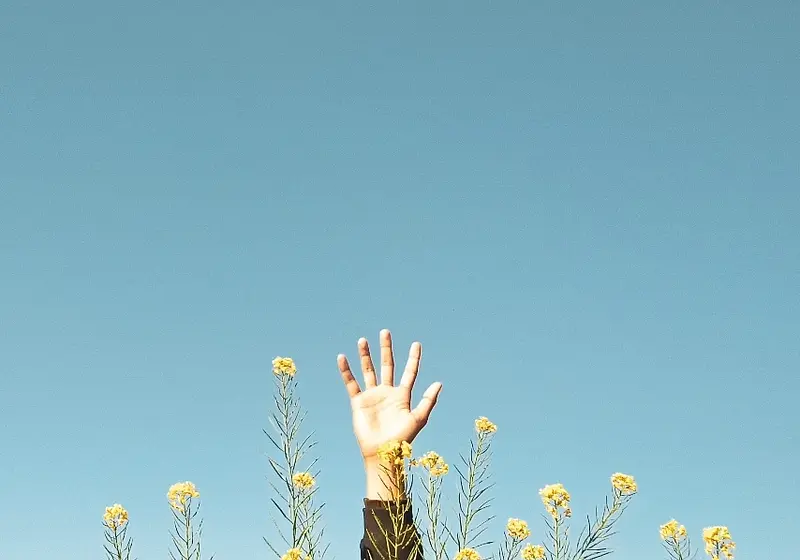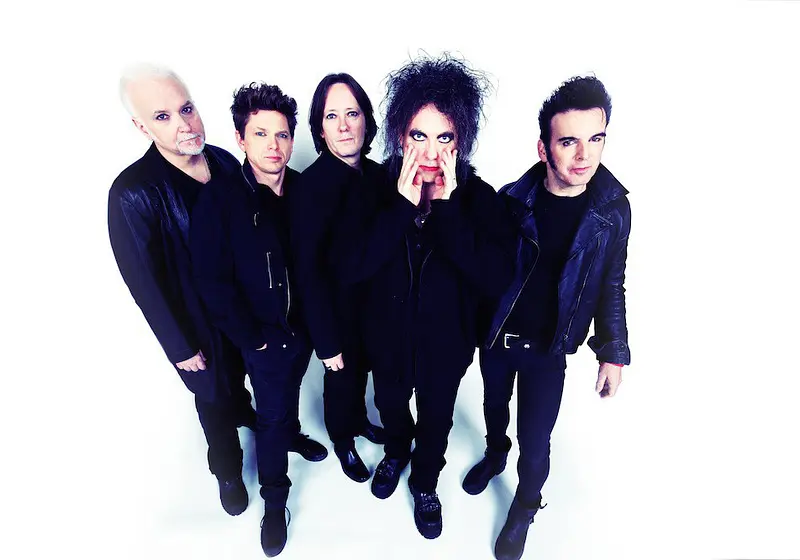History
One of the earliest examples of aesthetics was aestheticism. Aestheticism was an art movement that emerged in the 19th century, and it was centered around the aesthetic value of writing, music, and other forms of art and their socio-political functions. Furthermore, essentially removing all rhyme or reason, rules, and regulations from the core of art and replacing it with a carefree spirit of creativity. As a result, a more introspective style of art emerged, depicting the artist's mood at the time without regard for its value or interpretation by others.
In the modern day, the incorporation of idealistic aesthetics into one’s everyday life is a way to characteristically experiment and explore the different aspects of one’s personality. Aesthetics takes the idea of personality being an internal characteristic and turns it into a visual display of originality.
Let us slide into your dms 🥰
Get notified of top trending articles like this one every week! (we won't spam you)Cultural Assimilation
Cultural assimilation, according to Merriam-Webster’s English Dictionary, is “the process through which individuals and groups of differing heritages acquire the basic habits, attitudes, and modes of life of an embracing culture.” This lengthy definition essentially boils down to the “I want to fit in” anomaly. It is seen in a teenager’s yearning to become popular, attractive, and interesting. It is also seen in a staff member’s longing to become a “big shot” CEO or manager of a company.
No matter what shape or form it presents itself, every living, breathing human being hopes to find solace and community with individuals that value similar ideals and beliefs. Hence, the idea of cultural assimilation.
According to Ana Andjelic, an executive devoted to researching and writing about the sociology of business, states that “culture has decentralized” and the concept of “the mainstream” is an outdated idea that is no longer relevant because of the viral spread of trends, aesthetics, etc. The branches on the tree of these aesthetics present a unique opportunity for a diverse generation to dress, act, and design themselves and their lives according to the colors, shapes, and pieces they feel visually embody their internal nature. They mold themselves into whichever subcategory they feel best represents them.
The popular girl may go buy a Hydroflask and a Fjallraven backpack because she feels people who dress like that share her interests more than the platform boot-wearing, heavy makeup look that e-boys and e-girls flaunt. At the end of the day, it’s all about copying and pasting someone’s narrative because one feels that they can relate to it and use it as a base for the house of personality they intend to build and cultivate.
Take the Quiz: Which Indian city is the perfect holiday spot for you!?
Let's match you with an Indian city that you would love!
Representation and Identification
Assuming an aesthetic identity also allows the unseen to be seen and gives a voice to the voiceless. The increase in the use of the term aesthetic and its subgenres (plant mom, fairycore, skater boy/girl) allows room for growth within the field of introspective discovery.
According to Hannah Oh of CR Fashion Book, seeking an aesthetically pleasing life falls into the trend of “uber-specific fashion formulas” that reflect the widespread mentality of “both Gen Z fashion and pop culture”. She goes on to say that these templates are simply an expression of one’s “formative years of figuring out” personal “preferences.” There is an innate human desire to unearth the treasure that is self-identification from the buried grounds of insecurity and lack of self-assurance.
Harmful Characteristics
Who would have thought that exterior details such as a pair of shoes or a favorite color could influence internal motivations? The underlying traditionalist themes of these decisions can, however, destroy the images of consumers of this media. Themes such as eurocentrism and quixotic aesthetic canons ignorantly romanticize lifestyles that have a turbulent or controversial past.
Aesthetics such as dark academia are praised for being goth-leaning and gender neutral; however, the mysterious undertones of this subcategory lack diversity and are centered around the typical Caucasian male/female who drinks absurd amounts of coffee, associates only with elitist ideals, and overworks themselves in their, likely literature centered, profession. Unfortunately enough, this recurrence of eurocentrism is found in many aesthetic cliques as they praise looks that are closely linked to Anglo-Saxon archetypes.
Impressionable minds adopt this lifestyle in hopes that they can live out the fantastical lifestyles of the aesthetics of their favorite characters and peers without proper context and understanding of what the aesthetic actually is.
Philosophy
Philosophical ideas regarding the term “aesthetics” have floated across continents and time periods. It can be seen in ancient Sanskrit texts, the writings of Confucius, Immanuel Kant, and Oscar Wilde, and even in the field of mathematics. According to philosopher Franklin Wolff, the only issue with the presence of aesthetics and making it the focal point for human self-discovery is that the history and influence of this world lacks "social dimension." A balance hangs over society’s head, where aesthetics bear more weight than differential individuality.
From a widespread standpoint, what is “cute”, “funny”, “iconic”, or “interesting” is more compelling and influential than the “ordinary” or “basic.” Marxist philosopher Terry Eagleton stated that the interpolation of aesthetics into culture is the “sort of subject that embodies all the values the bourgeoisie sought to legitimize.” To put it in a modern context, the bourgeoise could be compared to those blessed with the gift of beauty, influence, wealth, power, etc., as the bourgeoisie were notable for being a social class of upper middle-class people. Furthermore, “values like autonomy” and “self-regulation” are fetishized as the perfect social model. The lust for beauty leaves behind ancient ethics of self-determination and distinctiveness.
Realistically
Realistically, it’s incredibly difficult to live categorizing and organizing every aspect of one’s life. To do so would take away the very thing that makes life extraordinary: its unconventionality and unpredictability. However, it is important to note that having an aesthetic is more than just veering in a specific social direction.
It glamorizes various lifestyles that would have previously been rendered obscure or atypical. It, also, is praised for being able to form a sense of community through physical showcase. It’s like taking someone’s emotional and mental characteristics, putting them in a frame, and hanging it from the highest tower for all of the world to see.
Aesthetics make use of the phrase “visual personality”, which is a bit of an oxymoron, but simply provides guidance as to what young people should prioritize. And with everyone having the ability to become and deem themselves influencers with the touch of a button, it’s becoming harder and harder for naysayers to stop the fast-moving train that is the obsession with the masterful curation of perspective and social identity.














